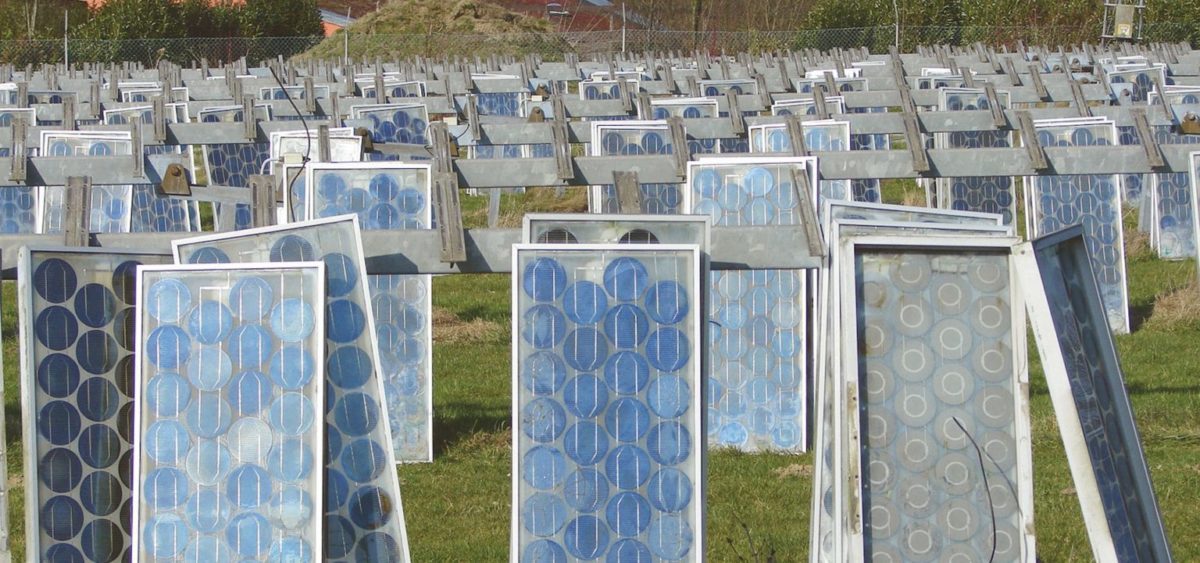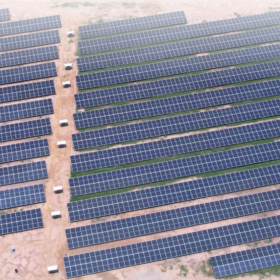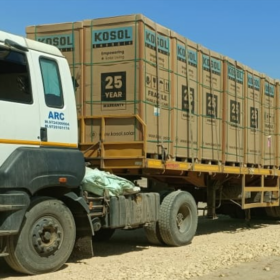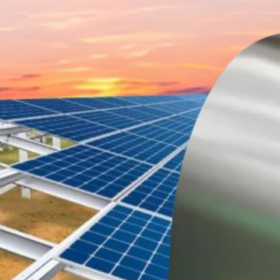As we strive for a sustainable future, the need to conserve resources, minimize waste and prioritize environmental well-being is paramount. This is where the paths of renewable energy and the circular economy converge, offering a powerful solution for safeguarding our future.
The traditional, linear “take-make-dispose” economic model is reaching its breaking point. We extract resources, manufacture products, and then discard them as waste, creating a growing mountain of landfill and depleting finite resources at the same time. This current linear economic model is leading us towards an environmental catastrophe. This “take-make-dispose” mentality is pushing our planet to the brink, and demands a radical shift towards sustainable practices to counter it.
This critical juncture presents a unique opportunity, a perfect match for collaborations between the burgeoning renewable energy sector and the revolutionary principles of the circular economy. By harnessing their power, we can forge a path towards a future powered by clean energy, ensuring minimal waste and a thriving planet.
Renewable energy sources like solar, wind, and geothermal offer a clean alternative to fossil fuels. This involves harnessing Earth’s natural processes, minimizing resource depletion and harmful emissions.
The circular economy, on the other hand, focuses on keeping resources in use for as long as possible through practices like recycling, remanufacturing and designing products for longevity that can be easily repaired and upgraded. This is also called “closing the loop”. It’s a system designed to mimic nature, where resources are kept in use for as long as possible while avoiding the premature discarding of potentially useful material into landfills.
When these two forces come together, they create a powerful synergy that promotes resource efficiency, minimizes environmental impact and fosters sustainable development. A circular approach reduces reliance on virgin materials, lowers energy consumption in the manufacturing process, and minimizes the environmental impact of waste disposal. The alignment between these two philosophies is undeniable.
By integrating circularity within the renewable energy sector, we can create a more sustainable and resilient system. This powerful synergy between renewable energy and the circular economy holds the key to unlocking a sustainable future, wherein our power grid is powered by clean energy and fuelled by responsible resource management.
This involves a two-fold approach: combating resource depletion and minimizing the environmental impact of energy production. One part of the strategy lies in recycling and reusing materials used in renewable energy systems. While renewable energy technologies are cleaner, solar panels, wind turbine blades and other components contain valuable resources like rare earth metals, copper, and fiberglass. By developing efficient recycling technologies and establishing robust take-back programs, we can significantly reduce the need for virgin materials.
This not only conserves resources but also minimizes the environmental impact associated with resource extraction and processing. For instance, developing cost-effective methods for separating and recovering the valuable materials within used solar panels can pave the way for a more closed-loop system. This is a critical aspect of circular integration is minimizing resource depletion and waste generation during a system’s entire life cycle, right from production to its end-of-life decommissioning.
Remanufacturing initiatives are another exciting development, where used components are refurbished and given a second life, further reducing reliance on virgin materials.
The circular economy goes beyond just recycling physical components. Innovative business models are emerging that promote resource efficiency and extend the lifespan of renewable energy technologies. The emergence of innovative circular business models is transforming how we think about product ownership and usage.
Product-as-a-service (PaaS) models are gaining traction, where companies retain ownership of renewable energy technologies and sell the energy they produce as a service. This incentivizes manufacturers to design products for longevity and easy maintenance, as their revenue stream is tied to the product’s lifespan.
Leasing arrangements offer a similar benefit, promoting responsible product stewardship and encouraging manufacturers to design for disassembly and reuse of components. This arrangement is currently available in certain parts of India as well, wherein, people using solar panels for energy generation can sell their excess back into the grid.
However, achieving a truly circular renewable energy sector requires a collaborative effort. Industry stakeholders, research institutions and government agencies all have crucial roles to play. Robust research and development efforts are essential to improve recycling technologies, create innovative circular business models and explore the potential of emerging renewable energy sources. Research institutions can also play a critical role in developing new recycling technologies for complex materials like solar cells and exploring alternative materials with lower environmental footprints.
Governments can incentivize circular practices through policies that promote recycling infrastructure, product design standards that prioritize repairability and recyclability, and extended producer responsibility schemes that hold manufacturers accountable for the entire life cycle of their products. Government support for research and development, coupled with financial instruments like tax breaks for companies adopting circular business models, can also significantly accelerate progress in this area.
Industry collaboration is also another crucial aspect. Sharing best practices, establishing standards for material recovery and fostering knowledge exchange between different sectors can accelerate progress which otherwise stays stagnant. This would make a huge impact in the development and integration of these practices.
The convergence of renewable energy and the circular economy presents a powerful opportunity to create a more sustainable energy future. By embracing resource efficiency, minimizing waste and fostering innovation through collaboration, we can build a cleaner, more resilient energy system that benefits the environment, the economy and our future generations.
This content is protected by copyright and may not be reused. If you want to cooperate with us and would like to reuse some of our content, please contact: editors@pv-magazine.com.








Well done…!!!!!👍👍👍👍👍👍